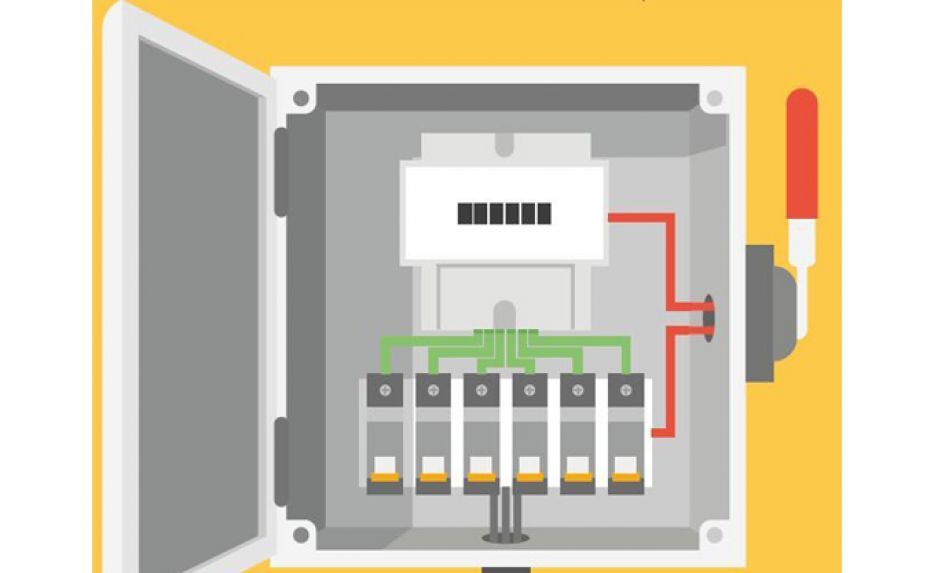At a time of budget cuts in schools, as well as rising staff costs and ever-higher energy bills, SBMs are understandably looking for ways to reduce spend and save money.
Staffing costs remain the biggest spend of all and the area needing the most focus, but it is possible to achieve cost savings in other areas. This can range from negotiating savings with suppliers of paper and other office supplies, through to changing your telephone provider and investing in cost-saving parent communication tools.
Energy costs is an area that SBMs could spend some time on. Activities in this area can not only result in some significant savings, but also serve as the foundation for a whole-school energy efficiency project. The energy market is a competitive one, with suppliers always keen to secure new residential and business customers alike, so shopping around and negotiating the best deals possible could be time well spent.
We’ve all spent some of our free time looking for competitive deals that can save us money on our household bills – so why not apply those same principles at school?
It can sometimes be easier to stay with a provider you’ve been using for years because you know them and are familiar with how their system works, or because there’s uncertainty about what the change process will entail – yet just a modest amount of time and effort could result in some significant school savings.
For example, the DfE and Crown Commercial Services have worked together in offering schools a means of getting greater value for money in their energy provision, further details of which can be found here.
Clearly, some schools will be more prone to higher energy costs than others. A large, Victorian building with high ceilings, old windows and plenty of drafts will obviously make it harder for a school to keep its heating costs down during winter months.
Similarly, schools using older boiler models might struggle to efficiently maintain their heating levels. Replacing a boiler isn’t cheap, but the initial outlay will inevitably save money in the long run. Academies might be able to use capital funding to cover the cost of replacing a boiler; maintained schools might be eligible for help from their LA.
Lighting is another area where schools could potentially save thousands of pounds each year. If you haven’t already, switching to LED lighting will not only save money but also benefit the environment and could therefore form part of a whole-school energy efficiency project.
Funding from savings
The above projects can save significant amounts year-on-year. If the initial outlay required to get them started exceeds what you’re able to spend, you can try applying to the government-funded Salix Energy Efficiency Loan Scheme (SEELS), which helps public sector organisations fund energy efficiency projects using the cost savings that each project is intended to deliver over an agreed time-frame.
Open to maintained schools, more details about how it works can be found here.
Finally, I’d urge SBMs to dedicate some time to raising staff awareness. It’s frustrating to walk into an ICT suite and find the windows open and the air conditioning on.
How often have you found all the lights left on after everyone’s left? Reminding staff to switch off lights, monitors, heaters and photocopiers to save money and the environment could be a good starting point in your new energy efficiency project.
Caroline Collins is head of school business strategy and resources at Miles Coverdale Primary School.










